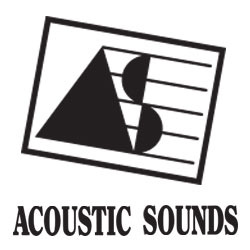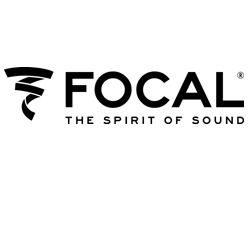Unlike many of my dewy-eyed colleagues, I don’t buy into the alleged ‘LP revival’. My cynicism is based on numbers. The BPI reports that UK sales of vinyl LPs rose by 43.7% during 2011 to 337,000, the highest since 2005. Last year’s US vinyl sales, according to Nielsen Soundscan, totalled 3.9m vs 2.8m in 2010 – an increase of 39.3%. Bravo. Definitive upward blips.
But … the Beatles’ Let It Be alone sold 3.2 million copies in 13 days in the USA. According to the same sources, 1975 was vinyl’s best year, with 91 million sold. So I don’t count a rise to around 5m global sales a ‘revolution’. And as warm-and-fuzzy as was this magazine’s recent coverage of the survival or opening of a handful of record stores, it hardly signals an en masse return to our fave format.
But on this parade I shall not wee. As I write, I’m listening to one of the coolest by-products of the vinyl backlash, which is whole ‘nuther thing: if renewed awareness of LPs beyond the audiophile sector has benefits elsewhere, count me in. Matthew Sweet, as retro a rocker as exists today in the best Crenshaw/Raspberries vein, released a CD last year called Modern Art (Missing Piece MIP0005-2). It goes one better than CDs recorded with the sound of a stylus in the groove for novelty effect.
According to the cover sticker, this digital product is ‘BACK TO VINYL … ON CD!’ In its exact words, ‘All the masters for this record were transferred to virgin lacquer acetates and meticulously recorded back to digital. The result is the unique, rich, and distinctly “vinyl” sound of this disc. Enjoy!’ It then adds, ‘Also available on LP’. Which begs the question: why not just buy the LP?
That’s not what should concern us: those who want the LP will buy the LP, but the other 99.93% of music-loving population will opt for a download or a CD. What they’ll hear just might awaken them to the analogue vs digital fracas because this really does sound like vinyl.
Aside from the cover sticker, nothing explains what they did to account for the lush, warm sonics beyond the A-back-to-D-via-lacquer stage. As great as it sounds, I don’t envision a flood of artists embracing this method of imbuing vinyl virtues to CD, this late in the latter’s life. Not having purchased the download of Modern Art, I can’t say if its aural signature remains the same, but the plausibility does make one curiosity.
Even more blatant is a return to 78s. For the 30 years that I’ve known him, our own Steve Harris has posited – with much justification – that nothing gets you as close to the music as a mechanically-recorded 78, e.g. Bessie Smith or Caruso singing right into that microphone with no electronics in-between. It seems that this notion has inspired a bunch of young New Yorkers to revive the format.
Called the ‘78 Project’, it ‘aims to bring alive the sound, touch, and even smells of recorded music’s first golden period.’ They’ve been visiting gigs and recording such notables as Loudon Wainwright III, Roseanne Cash and Richard Thompson in – and I love this quote from the BBC – ‘exactly the same way that folk pioneer Alan Lomax recorded blues artists in the Mississippi Delta during the 1930s.’
Using a portable Presto direct-to-disc recorder, Alex Steyermark and Lavinia Jones Wright record onto blank acetates, good for four minutes of music per side. Wright monitors the process with brush in hand, removing scraps thrown up by the cutter.
Thus we find analogue and the salvation of the rotating disc employed to recapture the sound and excitement of real music. Direct-to-disc, whatever the speed, always adds a frisson of tension because it means one take only. The pressure on the performer either ruins the session, or elicits a killer performance. Moreover, what you record is what you get, with no after-session tampering possible.
As obscure as this venture is, it does represent a grass-roots, non-audiophile love for analogue. As Adam Arcuragi, one of the young musicians involved with the project said, ‘I started thinking … Hank Williams didn’t sound like that. Leadbelly didn’t sound like that.’ Hear, hear.
On yet another front, the long-awaited photobook, The New Face of Vinyl: Youth’s Digital Devolution (www.kickstarter.com), continues its tortuous route to publication; it should make a fine companion to our recent vinyl retailer saga. But a truly ironic pro-analogue occurrence was cited by Neil Young, about the man who did more damage to end-user’s sound quality than any other individual I can name.
According to Neil, ‘[Apple founder and iPod champion] Steve Jobs was a pioneer of digital music, but when he went home, he listened to vinyl.’ Remember that the next time some politician dazzles you with his or her arch hypocrisy.






















